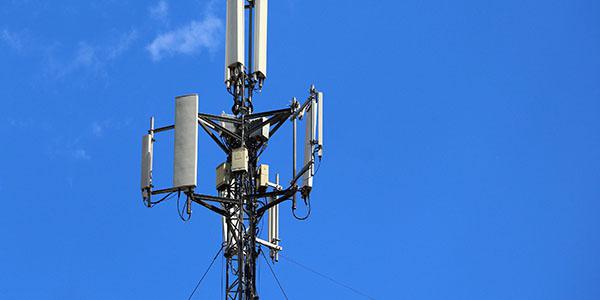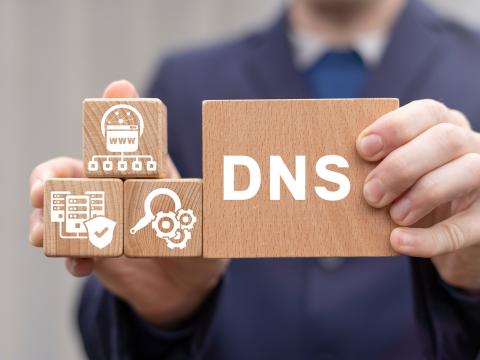Government Aims To Shape 5G Characteristics
U.S. government officials expect that 5G wireless connectivity will bring about so many new applications that the defense and intelligence communities will be able to influence the standard’s development. Various government organizations already are preparing for its innovative technologies with trial efforts and planning.
In some cases, experts believe that some of the biggest challenges concerning wireless connectivity—bandwidth, security and resilience—will be more easily met even with 5G’s complexity. And, the Open Radio Access Networks (Open RAN) technology approach offers even greater flexibility of networking for 5G.
These points were offered in an AFCEA Intelligence Committee Webinar focusing on 5G and cloud convergence. Most of the discussion from communications technology experts focused on 5G and its pros and cons. However, most of the points expressed in the webinar tended toward opportunities rather than challenges.
Panel moderator Charles Clancy, chief futurist and senior vice president/general manager of The MITRE Corporation, emphasized the importance of the U.S. government being an early adopter of 5G. “As an early adopter, the U.S. government has an opportunity to really help shape how an ecosystem unfolds,” he said.
Dan Massey, with 5G to NextG convergence at the U.S. Defense Department, pointed out that the Defense Department awarded $600 million for work at five different sites. Two of those are in San Diego and Albany, Georgia, where the department aims to improve military operations using 5G technologies. Logistics and supply are two main areas of focus, but the department is also examining how 5G would affect distributed command and control.
Massey outlined three department 5G thrusts: promoting technology development; assessing, mitigating and operating through 5G vulnerabilities; and influencing 5G standards and policies while engaging with partners. One area entails dynamic spectrum utilization from the physical layer to the application layer. This area represents a key challenge and opportunity, he adds. Augmented reality/virtual reality also are targeted for Defense Department 5G work.
He elaborated that the department looks forward to the lower latency and higher bandwidth 5G brings, but it is more excited about the scale. This brings up resilience and availability. The department must be certain it can have those qualities in its 5G connectivity, he allowed.
One of the options for 5G is Open RAN. Diane Rinaldo, Beacon Global Strategies and executive director, Open RAN Policy Coalition, offered that being able to open up standardized interfaces will help spur competition and innovation while driving prices down. “It really allows for a layering-on approach as we move along,” she said. “It allows you to mix and match and customize and optimize the network that best suits your needs and the customer’s needs.”
Clancy pointed out that Open RAN will increase vendor diversity, which will speed up implementation and solve some supply chain issues. It also will allow engineers to place an artificial intelligence (AI) layer on top to manage and optimize performance. And, it will permit increasing virtualization as the network matures. Rinaldo added that having a single systems integrator to bring all these elements together will increase customer confidence.
Monisha Ghosh, chief technology officer, FCC, and research professor, University of Chicago, agreed that Open RAN “is definitely the way to go for the future.” She predicted that an Open RAN would eliminate the need for future generations of Gs. Cellular progress could be layered atop Open RAN incrementally. In addition to being able to layer AI, operators will be able to introduce better security. The RAN is more open and thus easier to track down security problems, she said. The past year has seen great progress toward making Open RAN a reality, she added.
Ghosh also cited the progress made by the United States in 5G frequency allocation. The country leads the way in millimeter-wave spectrum allocation, setting aside 5 gigahertz for 5G. Mid-band, which is viewed as the most highly desired part of 5G, is more difficult, she allowed. The government is introducing C-band 5G in December. Spectrum will continue to be a challenge for both 5G and 6G, if it appears, she said.
And the government already is looking ahead beyond 5G. Individual 5G networks may open up as applications emerge. “People ask about killer apps,” Ghosh related. “We don’t know what the killer app is. The best killer app is the one that hasn’t been invented yet, and that is what 5G will let you do. It is the network that can be whatever you want it to be.”
The next AFCEA Intelligence Committee webinar is scheduled for November 10 on the topic of quantum computing and security.





Comments